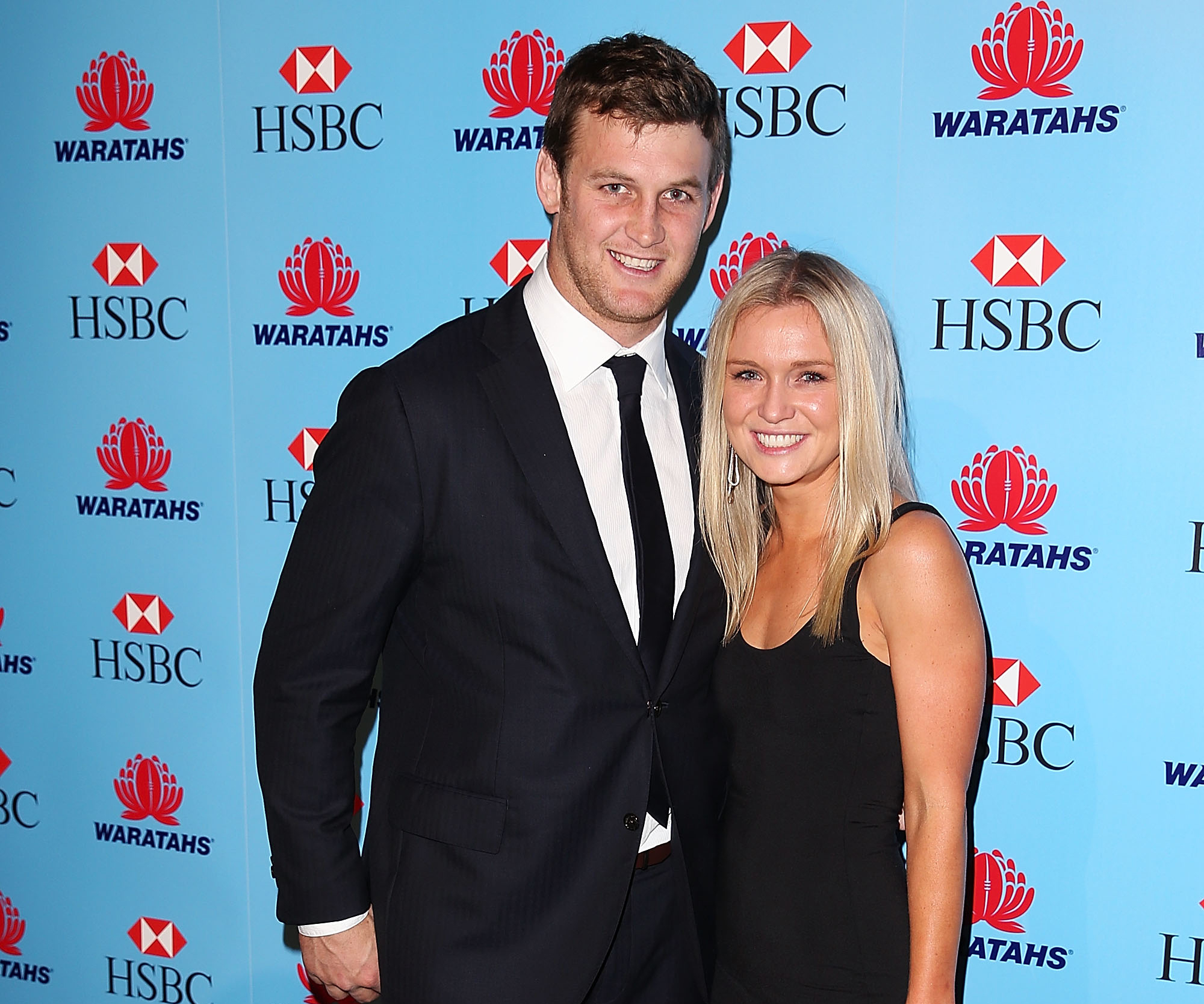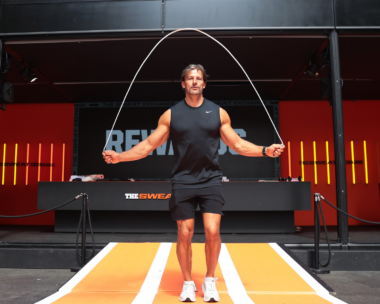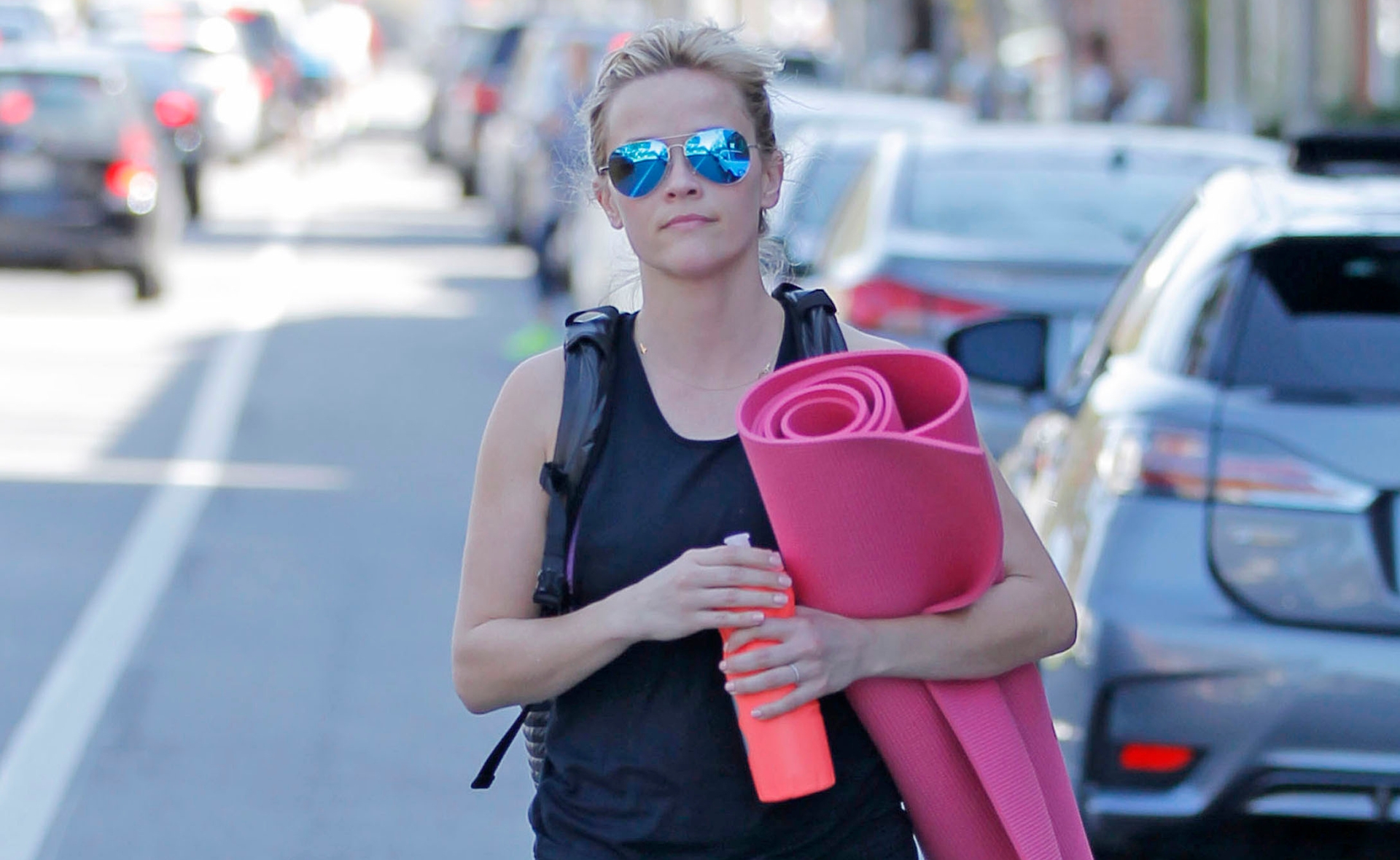WARNING: This story contains graphic content.
When Hamish Cochrane, a healthy 54-year-old farmer, began to experience headaches and mood swings, his family was concerned.
Then the father-of-three collapsed in his shed and was rushed to hospital, where he underwent a brain scan. Nothing, however, showed up.
It was decided he must be suffering from a mental health problem, so he was put on powerful psychiatric medication.
Yet unbeknownst to anyone, the tentacles of a deadly tumour were already invading Hamish’s brain – cruelly eroding his fun-loving personality and triggering volatile behaviour.
“He started complaining about a metallic taste in his mouth and he started having auditory hallucinations,” says his daughter Skye McCutcheon, who is speaking to The Weekly Online with her Waratahs star husband Patrick to raise awareness of the disease.
“We were struggling to handle his behaviour and mood changes. Little did we know at the time, this was caused by the pressure of the tumour in his brain.”
In a cruel twist of fate, Skye’s 21-year-old brother Sam was killed in a car accident a couple of weeks after his dad was discharged from hospital.
Sam had been asleep in the passenger seat after accepting a lift home from work when the driver fell asleep and hit a tree.
His death had a profound impact on the family from the NSW country town of Narromine – including Hamish, whose condition went rapidly downhill.
Exactly one month later, he was being airlifted to RPA Hospital in Sydney.
“In six weeks, Dad’s tumour had grown to a 6cm diameter grade IV glioblastoma multiforme [the most malignant type], which can mask at first as depression,” says Skye. “Suddenly, you can have a traumatic event and it grows.
“Dad had been sleeping for days on end and complaining of headaches. His brother who was visiting from New Zealand finally got him out of bed to visit a friend and he looked like a stroke victim.
“By the time he got to hospital, he didn’t recognise us. He was moments from death.”
Emergency surgery removed 20 per cent of the tumour and relieved pressure on his brain. Ensuing intensive chemotherapy and blasts of radiation made Hamish even sicker.
Meanwhile the family business he’d built with wife Elizabeth – a shop selling gourmet food and furniture handcrafted by Hamish – had to be sold off.
It was then Elizabeth decided to bring Hamish to see maverick brain surgeon Charlie Teo, who said he might get another 12 months of life if he operated.
“On New Year’s Eve, Charlie took out 85 per cent of Dad’s left temporal lobe,” says Skye. “Dad was so tough – he only came out with some minor deficits like short-term memory loss and we got another 12 months with him.
“But he wasn’t the same. He was like a different person. You’re used to your father being the strong male role model but mum had to become the primary carer. She made a conscious effort to get him back to New Zealand, knowing it would be the last time he would see the rest of his family.”
Back at home, some found the reality of Hamish’s illness too difficult to handle.
“He did get very tired and people didn’t understand what he was going through,” explains Skye.
“They didn’t understand his speech, stuttering and memory loss. People didn’t know what to say or what to do around him, so I think mum and dad felt quite isolated.”
Hamish’s final weeks were not peaceful. The family, including Skye and her sister Tess, united in caring for him as long as possible at home before he moved into palliative care.
“I was the one next to him when he died,” says Skye.
“It was awful. In the last stages, he would sleep all day and be up all night, moving furniture and falling over. Trying to pick him up, he was like a dead weight.”
As she and her sister cleaned him up in the shower after he had defecated himself, Skye could see the humiliation and heartbreak in his eyes. “He knew what was happening,” she recalls.
“And he was mortified that he couldn’t do anything about it.”
At the end, Hamish’s head swelled like a watermelon and blood came out of his nose. He died aged 56 on May 29, 2013.
Skye agreed to tell The Weekly Online the unfiltered version of her family’s experience with brain cancer to hammer home the importance of research to improve survival and quality of life for people with brain cancer, which kills 1,200 Australians a year.
In memory of his father-in-law, Patrick has become an ambassador for the Cure Brain Cancer Foundation, which was founded by surgeon Charlie Teo.
“To watch Hamish’s health decline in the last two years of his life was the hardest part,” says Patrick. “It just came out of the blue and tore up the family. It really opened my eyes and made me want to do anything I could to raise awareness of brain cancer.”
Brain cancer makes people uncomfortable – which is part of the reason it doesn’t attract as much support or funding as other forms of the disease.
Yet it kills more children and people under 40 than any other type of cancer.
And the survival rate hasn’t improved in the past 30 years, with just two in ten people still alive five years after diagnosis (in comparison, breast cancer survival rates have increased from 72 per cent to more than 90 per cent – illustrating that huge advances can be made).
“No cancer is pleasant but at least with other types of cancer,” says Skye, “you have got your mind. Brain cancer is confronting.”
*To help find a cure for brain cancer, you can buy your dad a designer grooming kit for Father’s Day here. All profits will go to the Cure Brain Cancer Foundation




